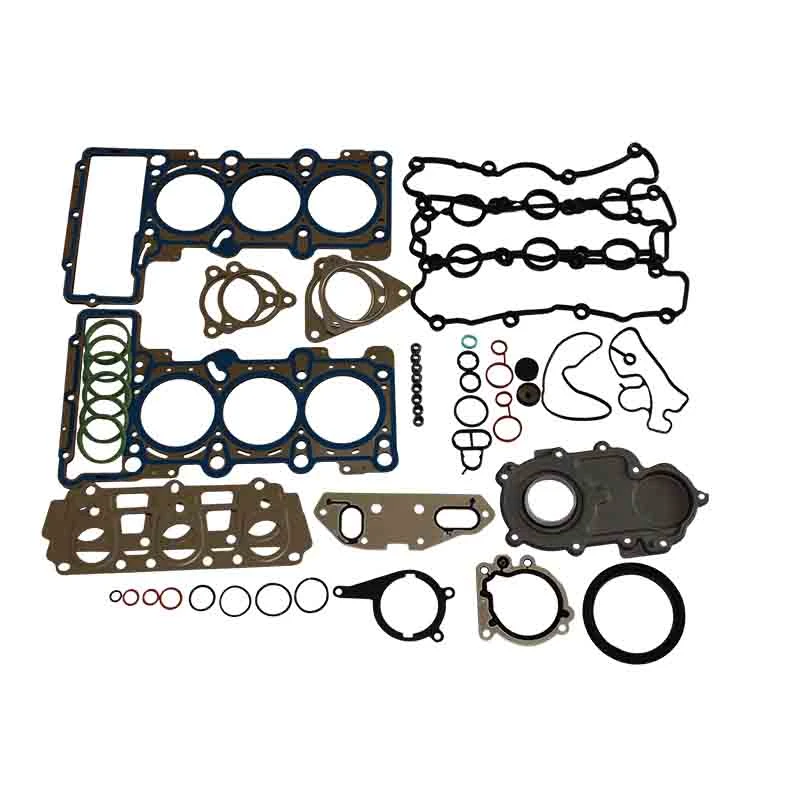flat gasket seal
Understanding Flat Gasket Seals A Comprehensive Overview
Flat gasket seals are essential components in various mechanical systems, serving as critical interfaces between two surfaces to prevent leaks of liquids and gases. These seals are widely employed across several industries, including automotive, aerospace, manufacturing, and environmental sectors. Their effective performance hinges on material selection, design, and installation practices, making it imperative to understand their various aspects for optimal usage.
What is a Flat Gasket Seal?
A flat gasket seal is a simple yet highly effective sealing solution. It typically consists of a flat piece of material that is placed between two flanged surfaces. When these surfaces are bolted together, the gasket is compressed, filling any gaps to create a tight seal. Flat gaskets can be made from various materials, including rubber, cork, graphite, metal, and composite materials, which allow them to withstand different temperatures, pressures, and chemical environments.
The Importance of Material Selection
The performance of a flat gasket seal is profoundly influenced by the materials used in its construction. For instance
1. Rubber Gaskets Common in automotive applications, rubber gaskets offer excellent flexibility and resilience. They are typically used to seal low-pressure systems and work well with a wide array of fluids.
2. Cork Gaskets These are made from natural cork and often used in applications where compressibility is necessary. They work well for oil and fuel applications in engines.
3. Graphite Gaskets For high-temperature applications, graphite gaskets are preferred due to their ability to withstand extreme conditions while maintaining sealing integrity over time.
4. Metal Gaskets Ideal for high-pressure applications, metal gaskets can handle significant temperature fluctuations and aggressive fluid environments. They provide durability and strength but require precise installation to ensure an effective seal.
5. Composite Gaskets These combine the best features of different materials, offering versatility for a range of applications. They often provide enhanced sealing performance and longevity.
Design Considerations
flat gasket seal

The design of a flat gasket seal is just as critical as the material used. Factors to consider include
- Thickness The thickness of the gasket affects compressibility and sealing ability. A thicker gasket may compress under pressure, but it could also lead to uneven contact, compromising the seal.
- Surface Finish The condition of the flanged surfaces plays a vital role in sealing effectiveness. Rough surfaces can prevent proper sealing, leading to leaks. Thus, it is essential to ensure that surfaces are adequately machined and cleaned before gasket installation.
- Load Distribution The design should account for how load is distributed across the gasket. Uneven loading can lead to failure, making it crucial to use proper bolting patterns and torque specifications during installation.
Installation Best Practices
Proper installation of flat gasket seals is key to their performance. Here are some best practices
1. Surface Preparation Clean the surfaces thoroughly and check for any imperfections such as burrs or corrosion that could jeopardize the seal.
2. Correct Gasket Alignment Ensure the gasket is properly aligned with the flanges to avoid pinching or uneven compression.
3. Proper Torque Application Utilize a torque wrench to apply the correct torque based on the manufacturer's specifications, which ensures even load distribution and prevents over-compression.
4. Regular Inspections Routine checks for signs of leakage or deterioration help prevent failure and extend the life of the sealing system.
Conclusion
Flat gasket seals are fundamental components in numerous industrial applications, ensuring the reliability and safety of mechanical systems. Understanding the materials, design considerations, and installation practices is essential for engineers and technicians working with these seals. By prioritizing proper material selection and adhering to installation best practices, organizations can enhance the effectiveness and longevity of their flat gasket seals, ultimately contributing to operational efficiency and reducing maintenance costs. Whether in an engine, pipeline, or any other critical application, the importance of these seemingly simple yet highly effective sealing solutions cannot be overstated.
-
Understanding the Front Main Engine Seal: Purpose, Maintenance, and Installation
News Jul.29,2025
-
Understanding O-Rings and Seal Rings: Types, Applications, and Custom Solutions
News Jul.29,2025
-
Understanding Crankshaft Oil Seals: Rear Seals, Pulley Seals, and Their Role in Engine Integrity
News Jul.29,2025
-
The Importance of Front and Rear Crankshaft Seals in Engine Performance and Oil Management
News Jul.29,2025
-
Crank Oil Seals: Functions, Types, and Cost Considerations in Engine Maintenance
News Jul.29,2025
-
A Comprehensive Guide to O-Rings and Seals: Types, Materials, and Global Applications
News Jul.29,2025
-
Mastering Diesel and Performance Engine Maintenance: A Guide to Critical Oil Gaskets
News Jul.28,2025
Products categories















